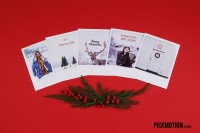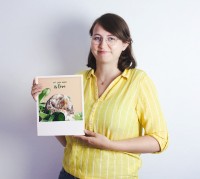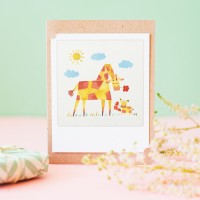
Whilst for many people – including the creators of countless Christmas cards, movies and songs – a snow covered scenery perfects Christmas and the holiday season, snow is actually much more likely to fall in January and February than in December. However, between the 16th and 19th centuries global temperatures were significantly lower than normal. During this period many important writers grew up, including Charles Dickens for instance. This “White Christmas” experience influenced his writing and a tradition of expectation for the holidays began.

To follow our own, much younger tradition of the #postcardsofthemonth, here are some fun facts about snow!
1. Did you know that the song “White Christmas” is one ofthe best selling Christmas songs worldwide?
2. It has been so long since it last snowed in Sydney, Australia that there aren’t even any photos of this event to be found. The winter of 1836 is reportedly the only time that there has been a closed snow cover in the Harbour City.
3. “You are as unique as a snowflake” might be not quite as flattering as we once thought as in 1988, the scientist Nancy Knight found two identical snow crystals that came from a storm in Wisconsin.
4. Snow can keep us warm! In fact, it can be approximately 50° C warmer inside an igloo than outside (provided that you are a pro in building igloos). Since fresh, compacted snow is approximately 90 to 95 percent trapped air (meaning it can’t move and transfer heat) it’s a great insulator. Even animals, such as bears, use this attribute of snow as they dig holes in the snow to hibernate through the winter.
5. According to The Guinness Book of Records, the largest snowball fight took place on 31 January 2016 in Saskatoon, Saskatchewan, Canada. 7,681 people came together to join in the fight!







